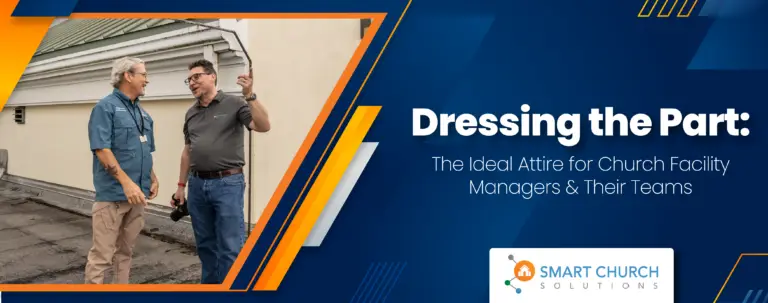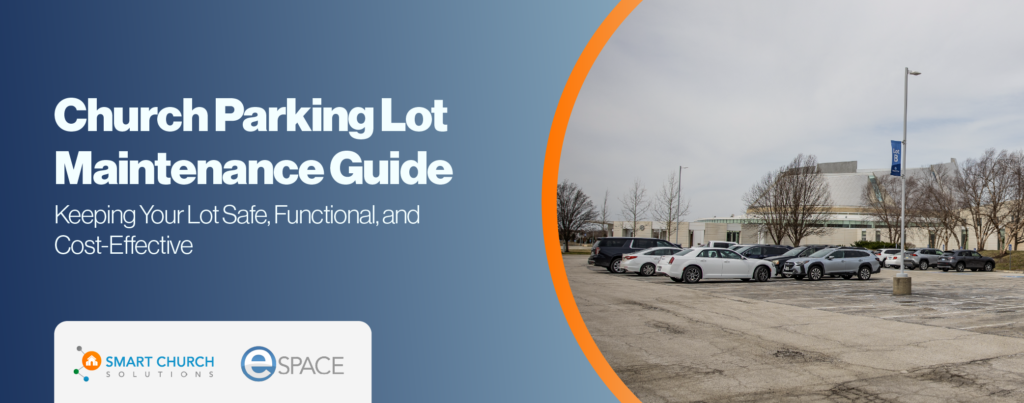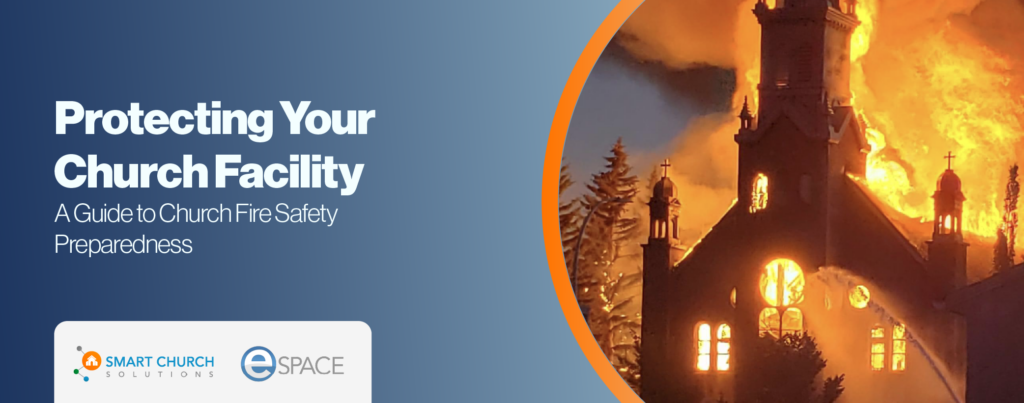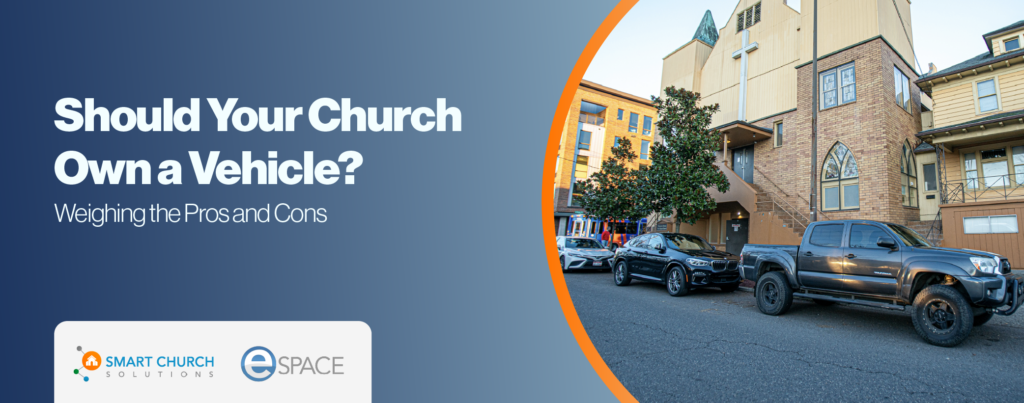How did your operational costs rank compared to the recommended best practices? When it comes to facility budgeting, are you overspending? Underspending? Now that you have data from last week’s blog, what are you going to do with it? Data for data’s sake is actually pretty worthless; it should be the catalyst for international action. So, let’s take action.
We have already discussed needing to know your facility’s square footage as well as review historical data. Now, we will review some next steps.
Re-evaluate Your Methods, Procedures, and Staff.
Don’t breeze past this one. It is far too easy for all of us to use the seven words of a dying organization: “We have always done it that way.” Don’t get lulled into complacency just because you have done things a certain way in the past. Or that your mentor did it a certain way. Or, worst of all, it is the easier way.
Below are some areas you may want to re-evaluate:
Insourcing vs. Outsourcing
This is a constant area of consideration for every facility steward. Do we insource our work (especially cleaning)? This means we use our staff, hire for the needed roles, or rely on volunteers. Or, do we outsource tasks to outside labor, contractors, and other third parties?
The good news: there is not a right or wrong answer. In fact, when we consult with churches, we see a near 50/50 split between insourcing and outsourcing. There are pros and cons with each approach based on your organization’s culture, sense of “control” (which may be an illusion), and facility budget.
Staffing Needs
This is a subset of the above, but yet different. There are several pieces to consider when exploring staffing:
- Do you have enough staff members? Based on our research and observation, most churches need one full-time equivalent maintenance (not cleaning) person for every 35,000 SF of the facility.
- Do you have the RIGHT people in the RIGHT seats? This can be a little more challenging to vet, but don’t be afraid to rock the boat a little for the benefit of your organization. If someone is not right for the position, then you are doing yourself, your organization, and them a disservice.
- Is it a culture fit? Does the potential or current staff member embrace the culture you have established? Remember, you have established a culture whether you are intentional about it or not.
- Are your staff members being paid a fair wage with reasonable hours and benefits? “Cheap” is not always your best approach. You can not afford cheap because you will pay for it multiple times over.
New Technology & Understaffed
Based on our team’s collective 60 years of church facility experience, we are pretty sure most churches are not going to run out of employees tomorrow and need to add a whole new team right away. However, if your church does, please let me know ASAP. You would be the first-ever.
There are other options to consider that need to be looked at in addition to staffing:
What Can Be Outsourced?
As we mentioned in the section above, we have found that when a church outsources much of its maintenance, the FTE staffing levels can be modified. With that said, you still need the budget to pay for the outsourcing, so this is not a magic bullet.
Also, the solution “we will just get volunteers to do it” is not the most efficient option either.
Consider New Technologies
To my “mature” facility stewardship friends, considering new technology may sound scary or intimidating. It does not need to be. Technology advancements are moving at an incredible rate. Remember, the iPhone is only 13 years old.
Can you imagine not having a smartphone? In the world of facility management and stewardship, the goal of technology is to increase efficiency, especially since most church facility staff are understaffed. Technology, integrations, and automation should be your allies. A way to offset your pain of lacking the personnel to get things done.
Let me reiterate we are not trying to eliminate people’s jobs. This is about making your current staff more efficient by removing tasks from their plate so they can focus on tasks only a human can perform.
The following are some of the easiest options that provide the greatest return on investment:
- HVAC Automation: Don’t let this freak you out. Automation is not rocket science. It merely is allowing a machine (computer, software, phones, tablets, etc.) to perform tasks that have been the role of a human. In today’s world of wireless controls, it is easier than ever to compile a connected HVAC system to the cloud. In addition, you can make it even more effective if that connected world could communicate directly with your organization’s event scheduling software, like eSPACE.
- Door Access Control: We have found that more and more churches are utilizing digital door access controls. Why not automate these commands to lock and unlock with event scheduling software. Talk about efficiency, you can schedule an event and have the system automatically turn the HVAC on and off as well as lock and unlock doors.
- digital signage: I hate to sound like a broken record (if you are my age, you know what that means), but the principle above also applies to your interior digital signage and room signs. There is no reason not to automate them with the integration with your event scheduling software.
- Extras: There are other things to consider when automating such as lighting, early detection sensors, water detection sensors, predictive maintenance sensors, the list goes on.
Review Contracts and Service Agreements
In many cases, service providers work on an annual contract basis. Your job is to review the current contracts and make sure the language still meets your needs on an ongoing basis.
In addition, you may want to open the service category up for alternate pricing from others. I am not suggesting to make a change, but at least determine if you are still paying market rates for the level of service you deem appropriate for the next year.
Review Service Providers’ Certificate of Insurance
Below are a few questions you should ask yourself. Understanding the answer to these questions is more important than most people realize until an incident occurs and you are on the short end of the coverage. Be proactive rather than reactive.
- Can you definitely state all your vendor’s COI’s are current?
- Do they all have the right coverage?
- Is your organization listed as “Additional Insured?”
- Has your primary insurance carrier reviewed these docs?
- Have you shopped for your general and property insurance?
That wraps up part two of our Church Facility Budgeting series. Join us next week for part there on more church budgeting tips. Your church will thank you, trust me.








